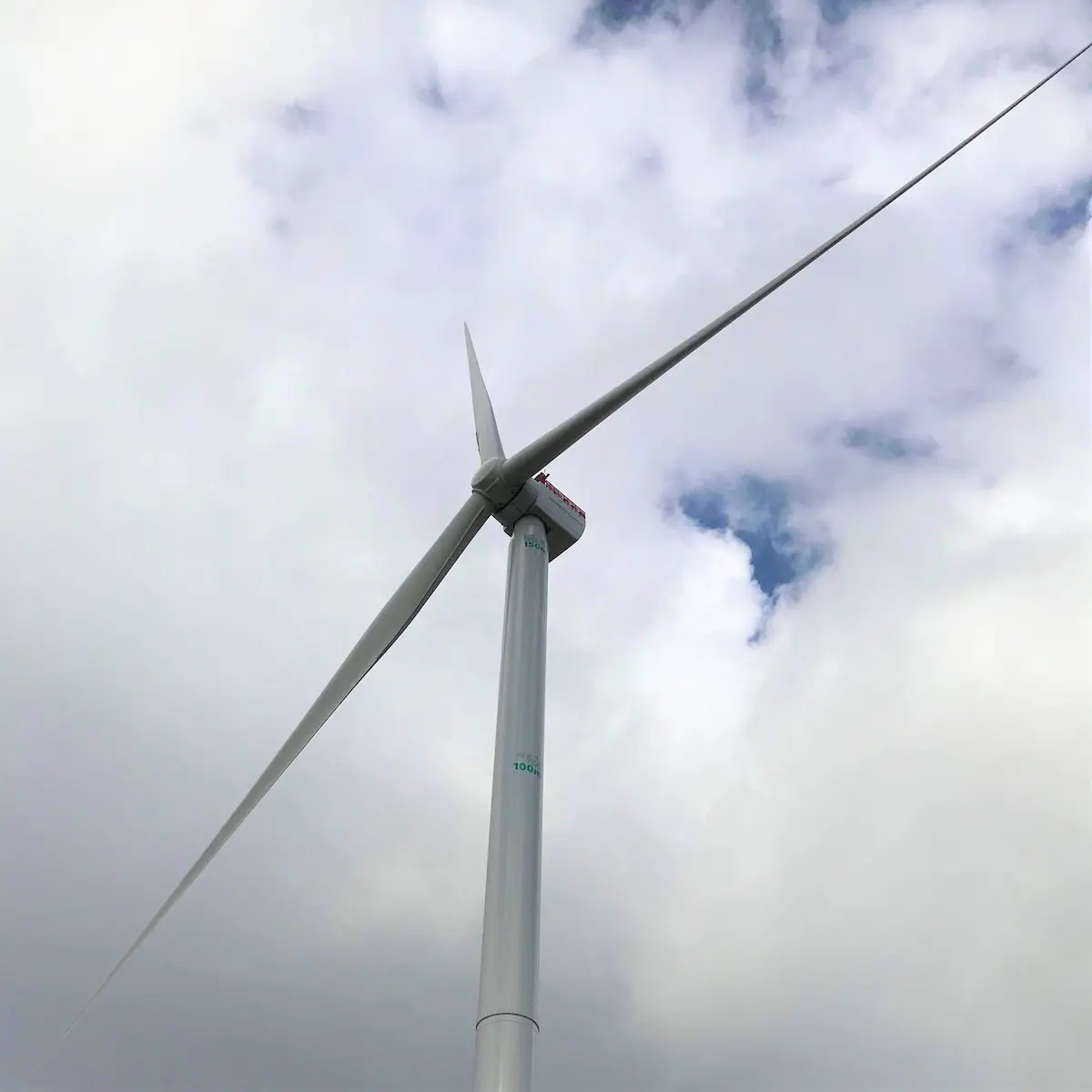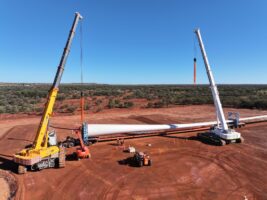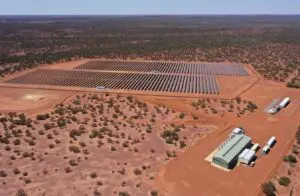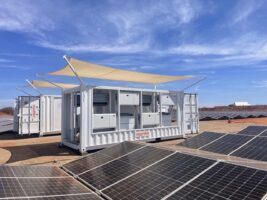The problems at leading wind turbine manufacturer Siemens Gamesa have a new public face, after a massive blade broke off from a newly installed turbine at the Engie-owned Santo Agostinho wind farm in Brazil.
The 6.2MW turbines are from Siemens Gamesa’s onshore 5.X platform, one of the two turbine platforms at the centre of the company’s estimated €1 billion ($1.6 billion) bill to fix the troubled business and address warranty problems.
Siemens Gamesa won the contract for the 434 megawatts (MW) Santo Agostinho wind farm in 2021. It began exporting electricity in March, and the incident occurred last week. The blades for the SG 5.8-170 turbines are typically around 80 metres long.
In a statement emailed to RenewEconomy on Monday Siemens Gamesa confirmed the incident, saying there were no injuries and a safety zone around the turbine has been established.
“Siemens Gamesa immediately started an internal investigation to determine the root cause of this incident. Until the analysis is completed, we cannot speculate on the cause of the incident,” the statement says.
In Australia, SG 6.6-170 turbines from the 5X series was originally supposed to be used for the 1.2 gigawatt (GW) ForestWind project under development by Tilt Renewables and Cleansight in Queensland.
The owners are now assessing other potential turbines against the planning approvals for the ForestWind project, however, citing changes in turbine technology since the original plans were made.
GPG Naturgy Group is considering the same turbines for its Paling Yards wind farm in New South Wales, or the Vestas V162.
Problems, initially in the 5X and latterly found in the 4X series, could affect as many as 63,000 turbines around the world, Reuters reports.
The problems caused Siemens Energy, the new owner of Siemens Gamesa, to withdraw its profit guidance in June citing the large — and still only estimated — costs associated with righting the underperforming business.
At the time Siemens Gamesa CEO Jochen Eickholt said the company’s problems were “much worse than I thought possible”.
The parent company has set up a second taskforce to deal with the problems to find out why due diligence on the €4bn ($6.6 billion) acquisition did not pick up the problems, Reuters reports.
The first review into the turbine fleet and product designs was launched in January, when Siemens Gamesa revealed that faulty components, including rotor blades and bearings, blew a €472 million hole in its December quarter result.
Siemens said anywhere between 15-30 per cent of its onshore fleet could be affected by design problems and “abnormal vibration behaviour of some components”, the first review said.
“We are also reviewing assumptions critical to the existing business plans given productivity improvements are not materialising to the extent previously expected,” Siemens Energy said in a statement following the profit guidance withdrawal.
“In addition, we continue to experience ramp up challenges in offshore.”
Those challenges are around problems in scaling up production as it struggles to hire, due to slow site construction.
When it was launched in 2019 the 5X series was the largest turbine in the industry.
A report by market analyst Intel Store in June said overall Siemens Gamesa turbines had the highest average capacity in Australia when factoring in power prices, at 35.82 per cent.










